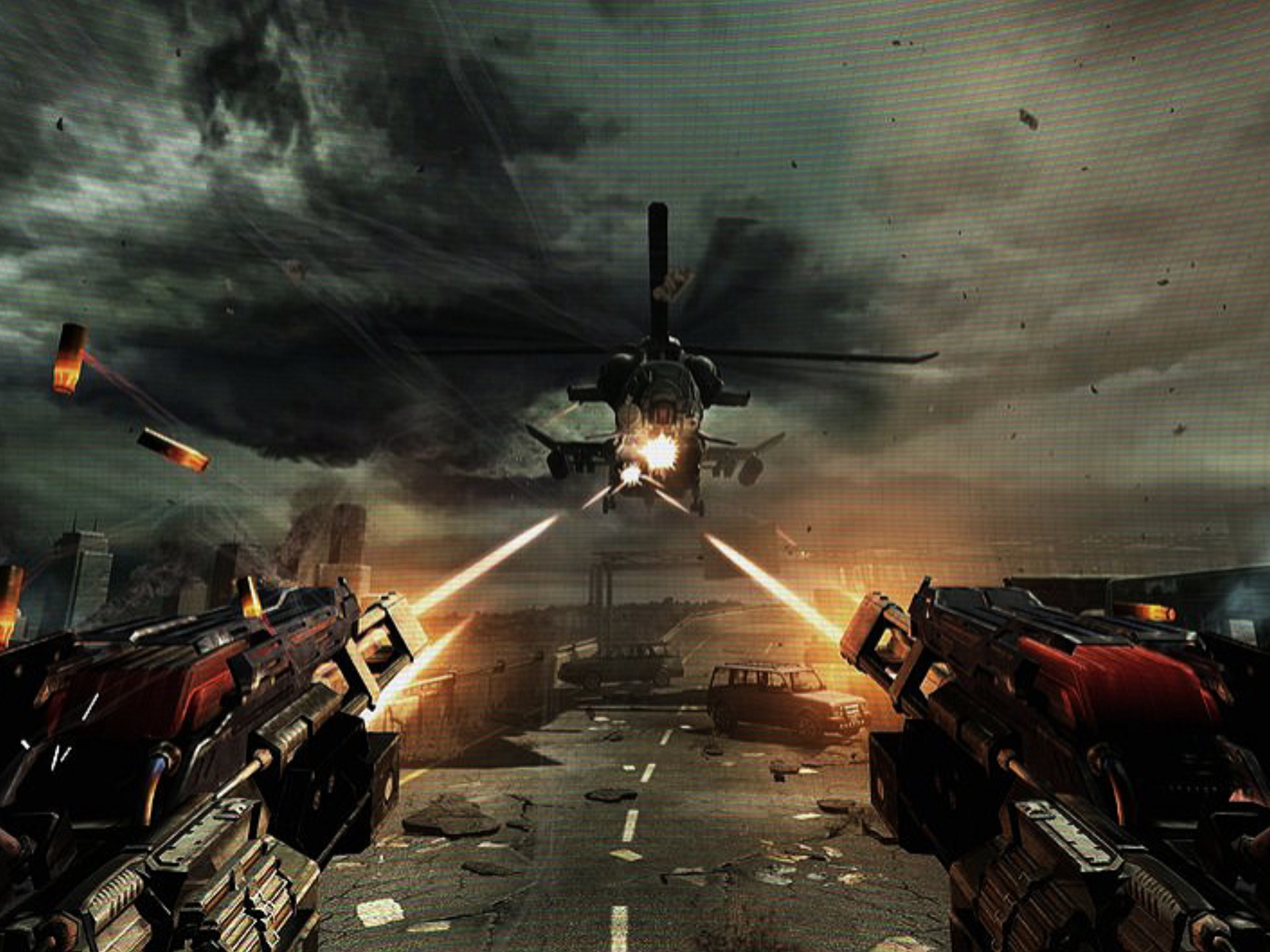First Play: "Butcher Shop" – A Deep Dive into Meat Processing Mechanics
By [Your Name]

Introduction
The simulation genre has given players the chance to experience everything from farming to city management, but few games delve into the gritty details of meat processing. Enter Butcher Shop, a new indie title that puts players in the apron of a professional butcher. This first-play analysis explores the game’s mechanics, realism, and unique approach to an unconventional profession.
Game Overview
Butcher Shop is a single-player simulation game where players run a small meat shop, handling everything from sourcing livestock to processing cuts and managing customer demands. The game blends strategy, time management, and a surprising amount of educational content about meat preparation.
Key Features:
- Realistic Butchery Mechanics – Players must follow proper techniques for breaking down carcasses.
- Business Management – Expand your shop, hire employees, and optimize workflow.
- Customer Interaction – Fulfill custom orders and maintain hygiene standards.
- Supply Chain Challenges – Balance ethical sourcing, costs, and demand.
First Impressions: The Butchery Process
The game starts with a tutorial where players learn the basics of meat processing. Unlike other cooking or restaurant sims, Butcher Shop doesn’t shy away from the raw (pun intended) aspects of the trade.
Step 1: Receiving Livestock
Players can purchase whole animals from suppliers, each with different quality grades affecting meat yield. The game introduces a "Humane Handling" system—poor treatment leads to lower-quality meat, adding an ethical layer.
Step 2: Breaking Down Carcasses
This is where the game shines. Using a combination of precision cutting mechanics and anatomy knowledge, players must:
- Identify primal cuts (chuck, rib, loin, etc.).
- Use the right tools (cleavers, boning knives, saws).
- Avoid waste—mistakes result in lost profit.
The controls are intuitive but demand patience. A misaligned cut ruins a premium steak, forcing players to sell it as ground meat instead.
Step 3: Processing & Packaging
After breaking down meat, players must:
- Trim excess fat.
- Grind meat for sausages or burgers.
- Package cuts for sale.
A "Freshness Meter" adds urgency—meat left too long spoils, hurting reputation.
Business Management & Progression
Beyond butchery, players must manage:
Shop Upgrades
- Equipment – Better knives reduce waste; industrial grinders speed up processing.
- Expansion – Add refrigeration, display cases, or a deli counter.
Employee System
Hiring staff is essential as orders increase. However, untrained butchers make mistakes, requiring training mini-games to improve their skills.
Customer Dynamics
Different customers have unique demands:
- Home cooks want specific cuts.
- Restaurants place bulk orders.
- Ethical buyers demand free-range or organic meat.
Balancing these needs affects reputation and profits.
Ethics & Realism
Butcher Shop doesn’t glamorize the industry. Players must consider:
- Animal Welfare – Poor conditions lead to protests.
- Waste Management – Bones and offal can be sold or repurposed.
- Hygiene – Failing health inspections results in fines.
This realism may not appeal to everyone, but it provides an unfiltered look at the trade.
Final Thoughts
Butcher Shop is a niche but fascinating simulation that educates as much as it entertains. The mechanics are deep, the business aspects are engaging, and the ethical dilemmas add weight to decisions. If you’ve ever wondered what goes into meat processing—this game delivers (literally).
Rating: 8.5/10 – A unique, well-executed sim with surprising depth.
Tags: #ButcherShop #SimulationGames #IndieGames #MeatProcessing #GameReview #FirstPlay #BusinessSimulator


















